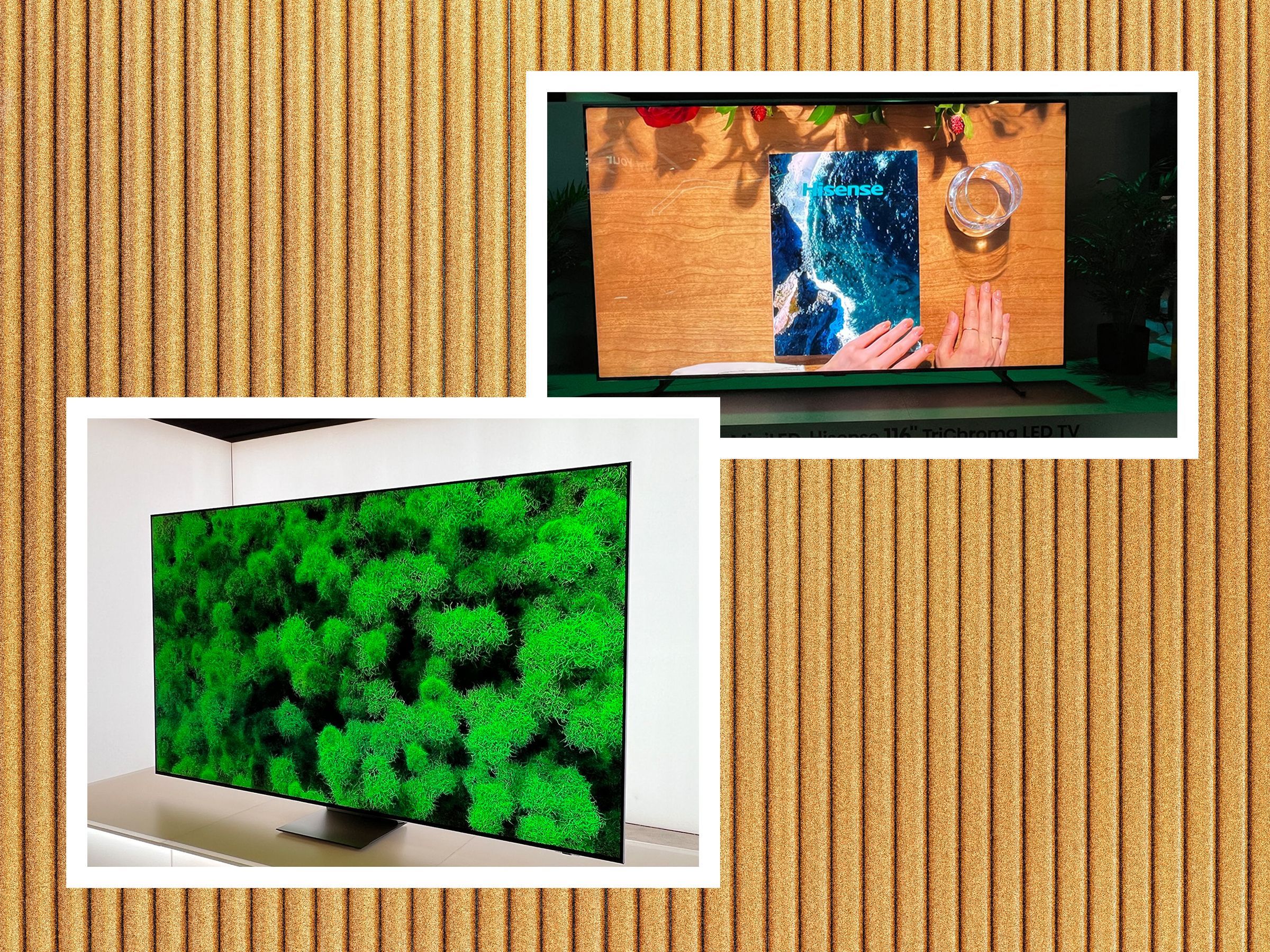
Is RGB LED the Future of TVs? Hisense and Sony Think So!
CES 2025 gave us a peek into what our living rooms might look like in the coming years, and one tech stood out: RGB LED TVs. Hisense and Sony are betting big on this technology, showcasing prototypes that promise to shake up the display market.
Forget the usual white LEDs lighting up color filters. RGB LED uses thousands of red, green, and blue LEDs to create "pure colors directly at the source." The result? Incredibly vibrant colors, stunning brightness, and impressive contrast. Think of it as a souped-up version of traditional LED, designed to challenge even the mighty OLED.
Why RGB LED Matters
So, what's the big deal with RGB LED? Here's the breakdown:
- Incredible Color Accuracy: Hisense claims its RGB LED TV can produce 97% of the BT.2020 color space, the widest color standard available. Sony echoes this, promising faithful reproduction of even the most delicate hues.
- Blazing Brightness: RGB LED TVs get seriously bright while offering enhanced backlight control and reduced light bleed. Hisense calls this "RGB local dimming," and it means deeper blacks and better contrast.
- OLED Alternative: Worried about OLED burn-in? RGB LED offers a bright, colorful alternative without the same risk of image degradation.
RGB LED vs. OLED: The Brightness Battle
OLED TVs are known for their perfect black levels, amazing contrast, and excellent viewing angles. But they have one weakness: brightness. While OLED has made huge strides, LED TVs still hold the crown when it comes to sheer, eye-searing brightness.
Hisense's UX Trichroma TV, for example, boasts a staggering 10,000 nits peak brightness! This kind of power opens doors for more realistic HDR video, where highlights like sunlight reflecting off water truly pop.
Sony's Take: Color Gradation Control
Sony isn't just focusing on brightness. They're also emphasizing color gradation control. Their RGB LED prototype promises more accurate colors, even in dimly lit scenes. In a demo, Sony's RGB LED panel even outshone its own flagship OLED TV in color saturation!
Micro-LED: Still a Distant Dream?
Micro-LED is often touted as the future of displays. It offers near-infinite contrast and impressive brightness, and it doesn't suffer from OLED burn-in. However, micro-LED is incredibly difficult and expensive to produce at scale.
RGB LED offers a more practical alternative. It's easier (and cheaper) to manufacture than micro-LED, and it delivers comparable brightness and color accuracy. It also doesn't suffer from the visible lines that plague current micro-LED TVs.
What About Nano LED (QDEL)?
QDEL, is being hailed as a potential OLED replacement due to advantages like burn-in resistance and a theoretical boost in brightness. It's still a nascent technology, and we don't expect even a prototype at the TV level for a couple of years, so for now it's simply another new technology to keep tabs on.
Samsung Joins the Fray
Hisense and Sony aren't the only players in the RGB LED game. Samsung also unveiled its own "RGB MicroLED" prototype at CES 2025. While details are scarce, Samsung claims its technology delivers sharper, deeper, and more vibrant colors than ever before.
The Future Looks Bright (and Colorful)
With so many advantages, RGB LED appears poised to become a major force in the TV market. Hisense plans to release its RGB UX Trichroma TV in 2025, with Sony and Samsung expected to follow suit. Get ready for a new battle in the "brightness wars," where color accuracy and overall picture quality are the ultimate prizes.
While it's still early days for RGB LED, the future of TV is looking brighter, cheaper, and better looking than ever before!
Source: Wired